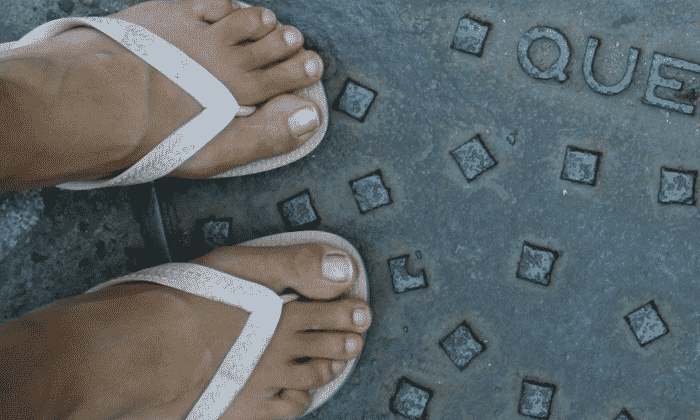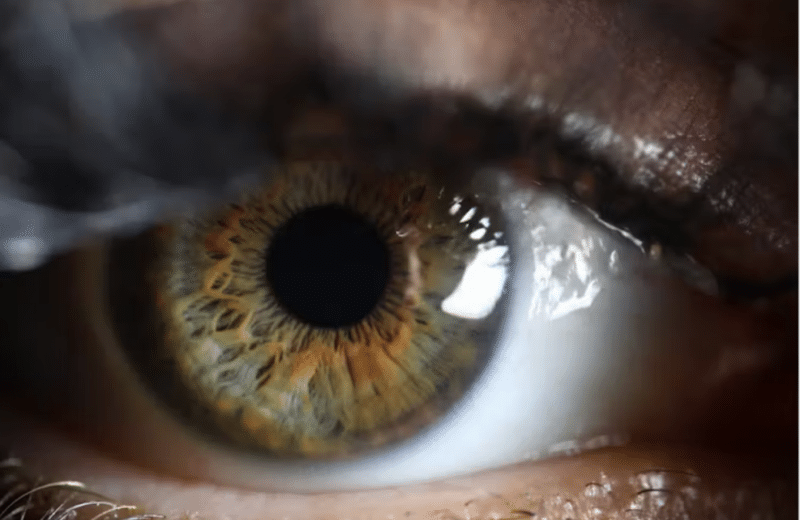Flimsy flip-flops may present a summer health hazard
After a long, cold winter, Chicagoans relish every minute of the summer months—especially after this last winter. We hit the streets in stylish, warm-weather gear, riding bikes to the beach and hoofing it through street fests. But, depending on the type of shoe you are wearing, you could be setting yourself up for serious foot damage.
For some people, flip-flops are normal footwear for all summer activities, whether biking or taking long walks by the lakefront. But flip-flops can be bad for your feet, says Chicago podiatrist Robert Potempa, DPM. The thin, flat sandals offer little foot support for extended walking or other activities.
“So many people enjoy them, and they’re easy to put on, but they do more damage [than good] to your feet,” Potempa says.
As with walking barefoot or in socks, walking with thin rubber flip-flops provides little cushioning to protect against shock from the hard ground, concrete or asphalt. This can cause plantar fasciitis, an inflammation of the ligament that extends from the bottom of the heel bone to the base of the toes. That ligament is the main support mechanism for the arch of the foot.
With flip-flops, “the ligament that protects the bottom layer of your foot becomes inflamed,” Potempa explains. “It’s a process [that can lead to] heel spurs.”
If the flip-flop is loose on the foot, people claw their toes to get a grip on the shoe. This can cause hammertoe, Potempa says, a deformity in which the end of the toe is bent and claw-shaped.
Repetitive gripping and walking on a flat surface can also lead to bad blisters and tendinitis, says Oak Park podiatrist Mary Ann Bender, DPM. Plus, the lack of support can make your foot twist and turn, causing sprains, breaks and falls.
“These can be very dangerous for the feet in the summer.” She notes incidences of patients developing cysts on their toes, breaking toes and otherwise injuring themselves while wearing flimsy flip-flops.
Both Bender and Potempa recommend limited use of flip-flops, keeping them to the pool, beach or shower.
More structured sandals, on the other hand, remain a good summer footwear choice—as long as they have sufficient arch support and a good heel.
“Sandals are fine if they have a molded arch, and they’re not flat,” Potempa says. “[Sandals] are more secured on the foot, [whereas] flip-flops are not.”
But, even in a sandal, a backless shoe can lead to calluses, Bender warns, because the shoe is constantly flapping against the base of the heel, causing the heel to spread and flatten and the skin to crack.
For a walking shoe, Potempa recommends any gym shoe that comes in half sizes and a variety of widths from narrow to extra-extra wide, like New Balance, which will ensure a good fit.
While flip-flops embody easy-breezy summer fashion, podiatrists say, for the optimal health of your feet, banish them to the beach.












